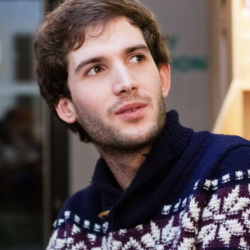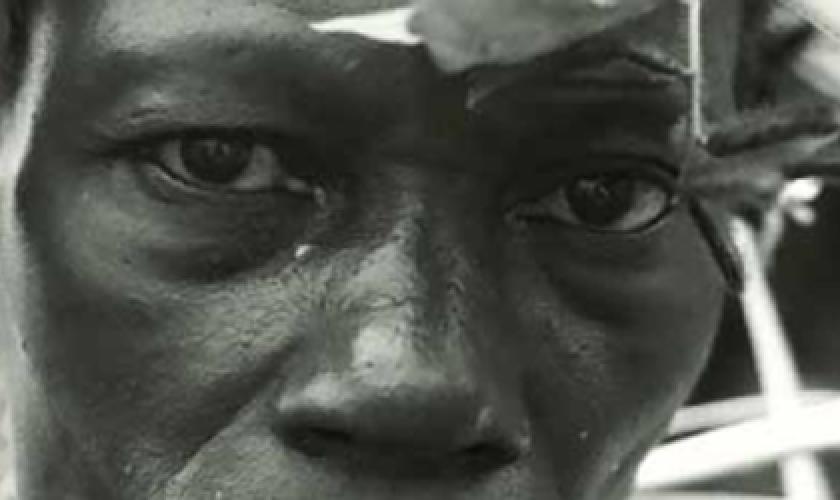Auschwitz evokes images of wooden barracks and gas chambers in which millions of Jews were gassed and burned during the Second World War. But it is also an average Polish village where 40,000 people live who are ordinary bakers, postmen or IT consultants.
"In April 2014 I was on the train from Katowice to Oswiecim (Auschwitz). On the benches next to me two teenage girls were complaining about life in Oswiecim." Do you know why I wouldn't want to live in Oswiecim? There are too many mosquitoes." The alienating shock that this almost banal comment caused to me is the basis of this report: How can Auschwitz, symbol of the ultimate evil and the center of European identity, just be a normal Polish village? "
In 'Living in Auschwitz' Thomas Van de Putte tries to find out how Auschwitz as a symbol and Oswiecim as a typical village can be united. The report tells stories of people who live in Oswiecim. How do they view the Holocaust in their village? Indifferent? Taboo? As a source of income? Or with great commitment? The report also follows a group of Belgian visitors, for whom the confrontation with Auschwitz is more cursory, but charged in a different, indirectly cultural-historical way.



